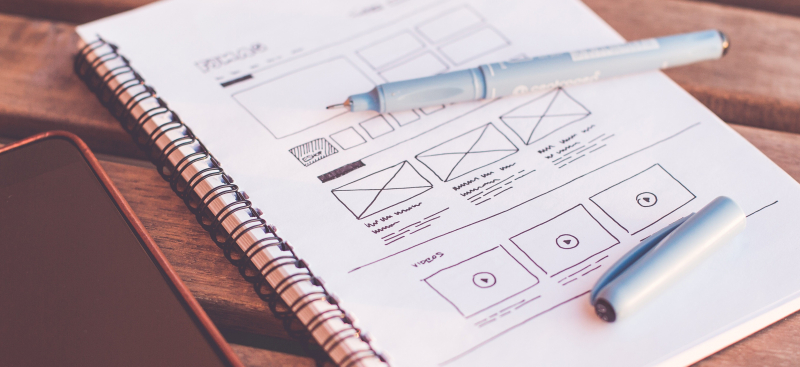Building a website can feel intimidating, especially if its the first time. The same also goes when you need to upgrade an existing website. You aren’t sure where to start or how to get the project started.
It’s okay to feel unnerved. However, with the right guidance and tools, it can be quite attainable within the set timeframe. To start, you need a great plan retrofitted to your specific requirements or needs.

That’s where a checklist comes in handy. It gets you started on the right path, while also helping keep you on track.
The ensuing checklist is available courtesy of the best web design Houston has to offer. It will ensure you consider the relevant issues that get your website up and running in no time.
#1. What’s the goal for your website?
The first place you start is the goal of your website. Do you plan to sell digital products or physical products? Will it just be a blog or an affiliate site?
You need to be clear about what you will be using the website for now and in the near future. Getting this right affects your budget and website features.
#2. Domain Name
The next thing you need to do is pick and register a domain name. A domain name is simply the name of your website on the internet. As a business, getting one gives you credibility. When registering, ensure to sign up with a domain name register and not a web host.
#3. Decide on site pages and features
Depending on what the goal of your website is, you then need to list out the site pages and features. The final list of features you land with your web designer should directly link to your goals and requirements.
Some examples of some features you might need include:
- Online forms
- Blogs
- Customer review tools
- Integration with your social media accounts
- Optimization for mobile and tablet views
- Shopping cart
- Video and audio players
#4. Website building software
Will you be building your website yourself? Or do you plan to hire a professional web design firm?
If you end up deciding to go through the arduous process of creating it yourself, you need to pick a website builder. It does some of the heavy lifting for you. They usually come in two forms – either as a service that designs templates or a DIY service.
#5. Web hosting
Every site needs a host for visitors to access it through the internet, and yours is no different. A host is the only way your website can go online.
To achieve this, you’ll need the services of a web hosting firm. Most web hosting services are DIY, but the instructions are easy to follow. You can sign up, make payments, and be online in no time.
#6. Set up analytics
Without a good understanding of your website’s performance and the sort of traffic you are getting, it is impossible to optimize your site. Setting up analytics enables you to gain the much-needed insights that’ll drive your website improvements or upgrades.
Your web hosting or web builder will usually have an analytics tool that you can start with if you have a limited budget. However, it might be best to sign up for a service that deals exclusively with website analytics.
#7. Security and backup
This point is the last and most crucial part of the checklist. You must create a copy of the website and store it as a backup. You should also have a process for continuous backup, especially when you make any updates or changes. Doing this ensures you don’t lose any data if your site is hacked or suffers a malware attack.
You also need to install monitoring and security scripts to prevent any virus or malware attacks. Also, be sure to store your passwords and any other essential credentials in a secure database.
The Bottomline
Follow these seven steps, and you should have your website up in no time.




